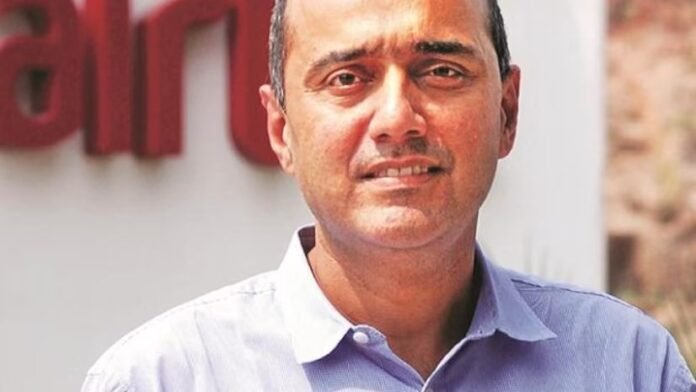According to Gopal Vittal, the Managing Director of Airtel, customers should ideally pay more for higher usage. Vittal’s statement suggests that pricing structures should reflect the principle of paying for the value and quantity of services consumed.
The concept of paying more for higher usage is not uncommon in various industries, including telecommunications. It aligns with the idea that individuals who consume more resources or services should bear a proportionate cost for their usage.
Vittal’s statement implies that customers who utilize telecommunications services extensively should be prepared to pay higher tariffs to reflect their higher consumption levels. This approach can help ensure that the costs associated with providing services are adequately covered and that service providers can continue to invest in network infrastructure and innovations.
While this perspective may be logical from a business standpoint, it is important to consider the affordability aspect for consumers. Pricing structures need to strike a balance between generating revenue for service providers and ensuring that services remain accessible and affordable for a wide range of customers.
It is worth noting that pricing strategies in the telecommunications industry can vary among different providers and countries. Some operators may adopt a tiered pricing model where customers can choose plans based on their usage requirements, while others may offer unlimited usage plans at a fixed price. The objective is to cater to diverse customer needs while maintaining a sustainable business model.
In conclusion, Gopal Vittal’s suggestion that customers should ideally pay more for higher usage reflects the concept of paying for the value and quantity of services consumed. While this approach can support the financial sustainability of service providers, it is essential to consider affordability for customers and offer pricing structures that cater to different usage patterns and budgets. Striking the right balance between revenue generation and customer satisfaction is crucial in the telecommunications industry.



